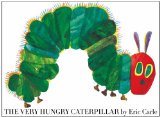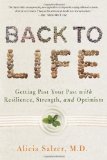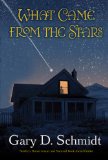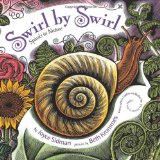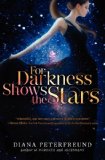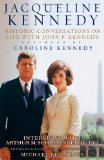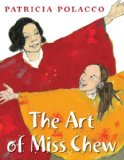Review of Seraphina, by Rachel Hartman
by Rachel Hartman
Random House, New York, 2012. 465 pages.
Starred Review
Seraphina has a secret. She tries not to be noticed. If people found out the truth about her, the chances are good that she would be murdered horribly. So she didn’t plan to play her flute at Prince Rufus’s funeral. But when the soloist and backup soloist suddenly aren’t available, what else can the assistant to the court composer do? Perhaps she shouldn’t have played quite so beautifully if she really didn’t want to be noticed.
The funeral was coming at a bad time.
Rufus had been murdered while hunting, and the Queen’s Guard had found no clues as to who’d done it. The missing head would suggest dragons, to some. I imagined the saarantrai who attended the funeral were only too aware of this. We had only ten days before the Ardmagar arrived, and fourteen days until the anniversary of the treaty. If a dragon had killed Prince Rufus, that was some spectacularly unfortunate timing. Our citizens were jumpy enough about dragonkind already.
The treaty with dragons has been in effect for forty years, but not everyone — human or dragon — is happy about the treaty. On top of preparing the music for the New Year’s celebration, Seraphina gets pulled into the investigation of Prince Rufus’s death. Meanwhile, the strange visions she’s been having are acting up, her uncle is in trouble, and she has to lie to someone she cares about to try to keep her own secret.
This is one of those fantasy stories with an intricate, highly detailed world. In this case, it’s a world like Renaissance Europe, but with dragons in human form, and an elaborate religion with saints, some of which are particularly hostile to dragons. The world here is skilfully built. There’s a large cast of characters. After her prominence at the funeral, Seraphina gets to know more of the members of the court and gets pulled in to the investigation of the murder. Can the treaty continue? And can she keep her secret?
Honestly, my personal favorite fantasy novels are simpler than this, and more fairy-tale like. With all the detail, it reminded me of the Finnikin of the Rock series. Wonderful books — Just not my absolute favorite, out of a simple personal preference. If you like elaborate detail, this book does it well, and builds a completely credible world where dragons walk among humans.
I’m also not crazy about stories with lots of bigoted religious people, even if it is a made-up religion, but they did provide a realistic threat to Seraphina. The romance is a highlight of the book, built realistically as a friendship with misunderstandings along the way. I was extremely invested in the characters once I got about a third of the way through the book. The story is complete with the solving of the murder, but there are definitely some big things left unresolved and the possibility of war looming. I will definitely want to read the next book the moment I can get my hands on it.
I like that the dragons are extra good at Math. Math is like a religion to them. The book is full of fun details like that. For example, Seraphina’s performance fell short of technical perfection, and her teacher comments, “Had you played perfectly — like a saar might have — you would not have affected your listeners so. People wept, and not because you sometimes hum while you play.”
Hmm. Rachel Hartman gets very close to technical perfection in this book. Is that perhaps why it didn’t quite affect me deeply? But I am tremendously eager to read on, and I’m curious what other people think. Meanwhile, I highly recommend this book about dragons like you’ve never seen them before.
RachelHartmanBooks.com
randomhouse.com/teens
Find this review on Sonderbooks at: www.sonderbooks.com/Teens/seraphina.html
Disclosure: I am an Amazon Affiliate, and will earn a small percentage if you order a book on Amazon after clicking through from my site.
Source: This review is based on a library book from the Fairfax County Public Library.
Disclaimer: I am a professional librarian, but I write the posts for my website and blogs entirely on my own time. The views expressed are solely my own, and in no way represent the official views of my employer or of any committee or group of which I am part.

